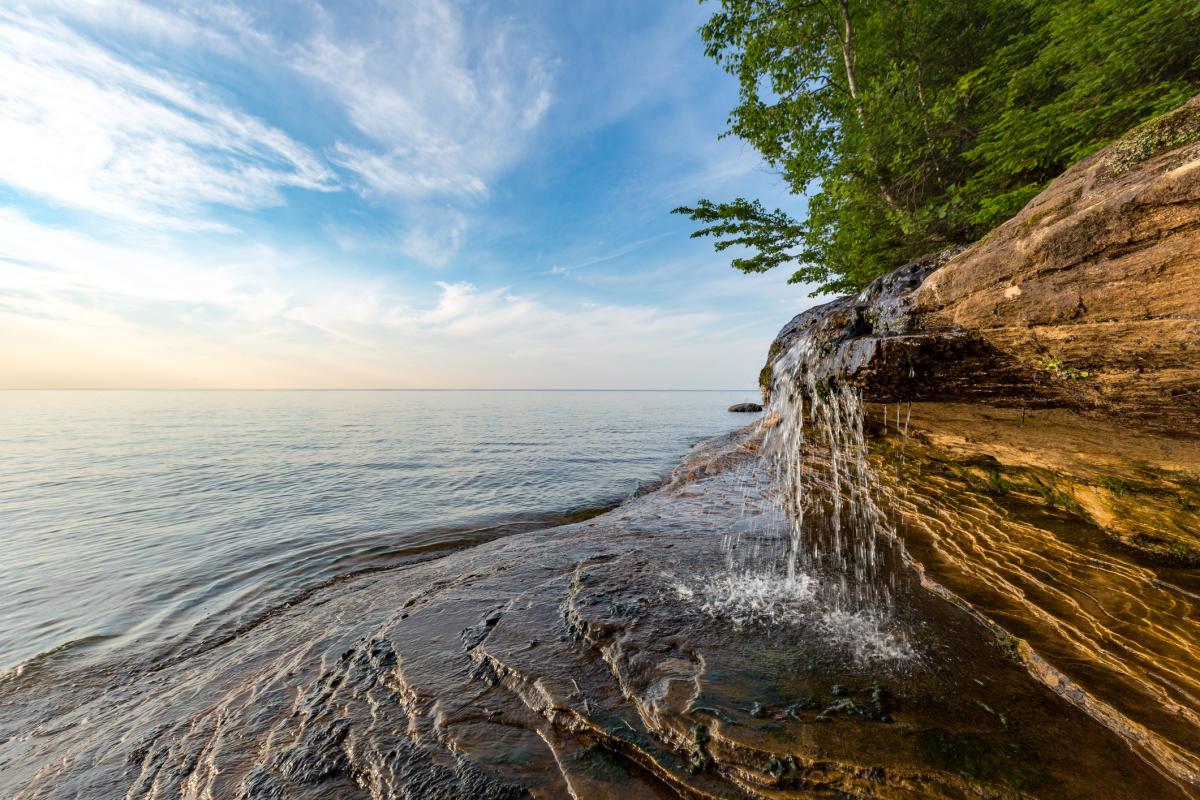Where Does Your Water Come From?

Where does your water come from?
Clean water is often taken for granted, until we’re faced with a tampered water supply. There are numerous cases in recent years where critical water sources became threatened. Toledo, Ohio shut down its water supply after poisonous algae toxins developed in Lake Erie. In North Carolina, a storage basin failure at a Duke Energy power plant sent more than 35,000 tons of coal ash flowing into the Dan River, a drinking water source. And then there’s the Flint water crisis, possibly the most severe water pollution case of the past decade.
Clean water may be the most significant resource in the world. Entire ecosystems depend on it for survival. We, depend on it for survival. It’s easy to forget how privileged we are to have clean, safe water until our water source becomes jeopardized. Unfortunately, it takes incidents like the above for people to become more aware of where their water comes from.
August is National Water Quality Month. Numerous factors are involved in producing clean water, including trees. Many people don’t realize just how much water comes from forested areas. In fact, forested watersheds and wetlands supply 75 percent of the world’s accessible freshwater. More than 180 million Americans depend on forested watersheds for their drinking water. When forests become compromised, it affects the quality of surrounding watersheds, threatening the health of millions of people. Protecting and increasing forested watersheds is critical to providing safe, reliable, and clean water.
Read From Forest to Faucet: the importance of trees to your drinking water
How do forests clean water?
Trees may not seem relevant when you’re living in an urban setting, after all, if you’re not near a forest how can it impact your water supply? Sixty-six million people in the U.S. rely on a National Forest as their primary water source. Nearly half of the population in the state of New York depend on the forested Catskill and Delaware watersheds for their drinking water. Even the most urban areas rely on forests for their most basic need.
Forests are the safest means to prevent mass erosion of soil and nutrients into waterways. When trees line rivers, lakes, and other bodies of water, their roots serve as a filter, absorbing extra sediments and pollutants like nitrates, phosphates, metals, pesticides, and oils. As a result, streams with forested banks have more insects, these insects process more organic matter, nitrogen, and phosphorous, resulting in cleaner water.
How do we protect water quality?
Watersheds carry water runoff downhill from land into a body of water. This means every time you wash with anti-bacterial soap, use fertilizer, flush old pills down the toilet, or drain cleaning products, it collects into the same water source. Becoming more conscious of the products you use and how you discard them can help eliminate excess toxins. Rain can help dilute polluted water, and trees can help filter it, but humans are the culprits of polluting healthy water sources. Reducing the use of harmful products helps reduce the amount of toxin that wash up. You don’t have to go to a forest to help improve your water quality. Simply having trees in your yard and your neighborhood helps filter some of these toxins before they reach watersheds.
A healthy urban forest benefits the residents of the community in more ways than one. Community forests help clean water, reduce stormwater runoff, purify air, cool cities, reduce crime, and lower stress. Additionally, planting and maintaining urban trees saves the city money, which in turn, saves you money.
Read Brook Trout are Signs of a Clean Watershed
People depend on water for their health, food, and livelihood. It is important to protect our nation’s forests to deliver clean, safe, water; planting trees is an important part of doing that. We’re currently restoring nearly 20 watersheds across the country through reforestation projects.
Happy National Water Quality Month! Visit Replanting our Forests to learn how you can help restore watersheds in our nation’s forests.

